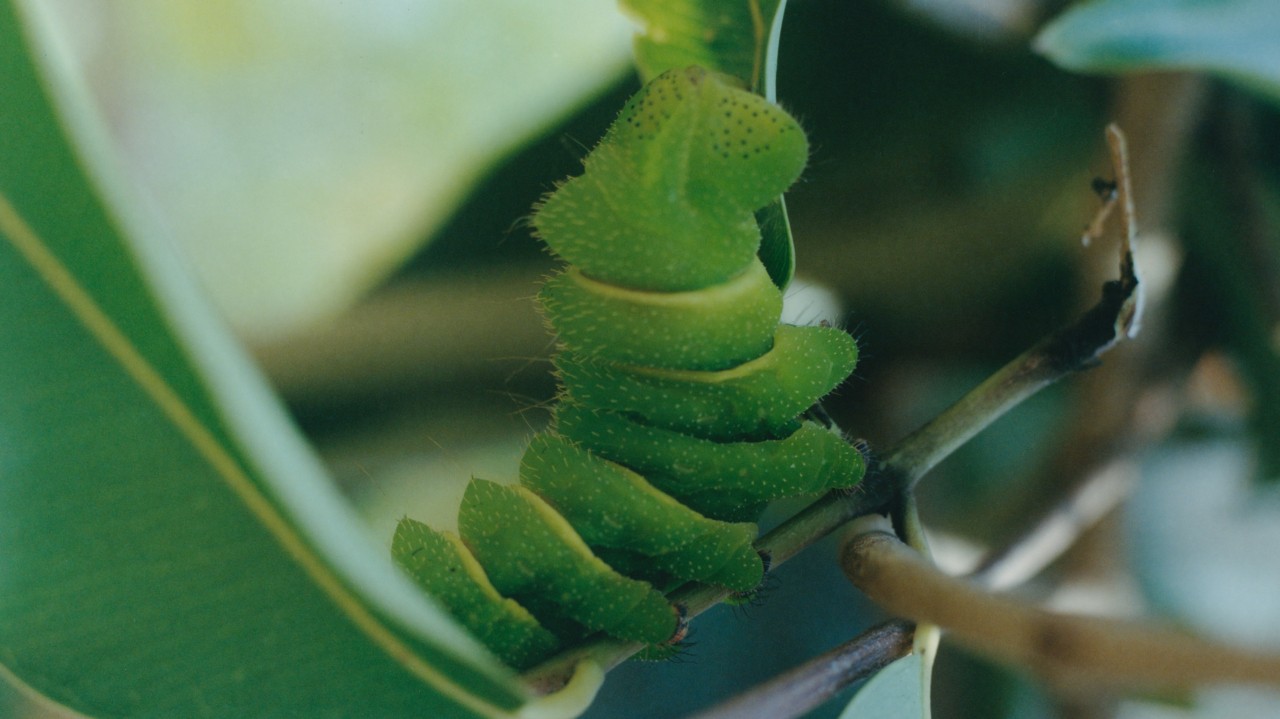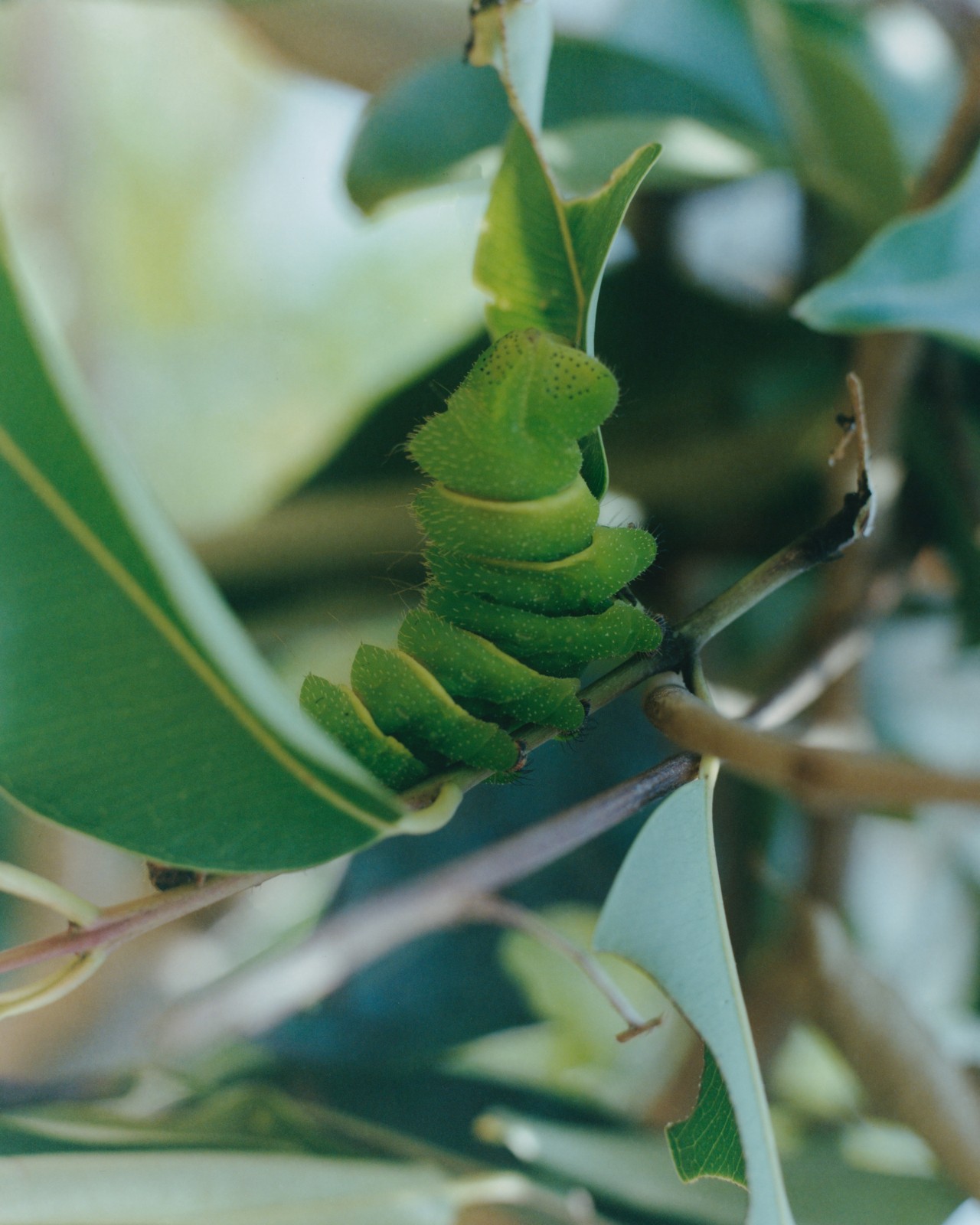

words by willow defebaugh
Photograph by Stefan Dotter
“It is not the strongest of the species that survives, nor the most intelligent, but the one most responsive to change.”
—Charles Darwin
Well, here we are. Donald Trump has been reinstated as President of the United States. In his first week back, he made good on campaign pledges to thwart climate progress on the heels of the hottest year in recorded history. He did this through a series of executive orders and policies to ramp up oil and gas production, overturn environmental protections, withdraw from the Paris climate accord (again), and reverse environmental justice initiatives. In the face of a changing landscape, now more than ever we must take a page from nature’s playbook and learn to adapt.
In evolutionary biology, adaptation refers to the process by which an organism becomes better suited to its environment in order to improve its chances at survival. This can look like plants and animals adjusting to their immediate surroundings or favorable traits emerging over generations through natural selection. From arresting morphological changes to inventive behavioral shifts, nature offers many vibrant forms and examples of adaptation—each with their own teachings.
The first major category is structural or morphological adaptations, which take the form of visible changes to an organism’s physicality. Mimicry and camouflage are clear examples of this: chameleons and octopuses that change their colors and patterns, or insects that blend in with their surroundings. Some caterpillars mimic live and dead leaves, and even snakes, while vulnerably awaiting metamorphosis. It’s not always defensive, though: Orchid mantises resemble resplendent flowers to lure in prey. Adapting for our survival can include beauty, too.
Physiological adaptations, meanwhile, are invisible changes to the internal ways in which an organism operates. These are the unseen micro shifts that help an organism survive harsh macro conditions. One example of this is the development of proteins that act as antifreeze in certain species of fish, which allow them to survive in antarctic waters without freezing. The production of poison in various plants such as nightshade and belladonna is another example, as this wards off potential predators. Not all adaptations are visible on the surface.
And then there are behavioral adaptations: shifts in an organism’s actions in order to navigate its environment. Migration is one example of this—birds and many other animals move locations for breeding and feeding when their primary habitats are unsuitable. Desert animals that become nocturnal to avoid the heat are another. And plants have their own examples of this, including phototropism: directional growth toward or away from light. These aren’t traits developed over generations, but rather changes that occur in one lifetime. Adaptation requires action, too.
Organisms are also capable of co-adaptation: changes that occur in two or more species for their mutual benefit. This includes plants and pollinators that evolve together to suit one another’s needs, like yucca plants and yucca moths; the moths have evolved mouth structures to pollinate the plants’ flowers, which have simultaneously evolved structures to accommodate and house the moths, on which they also lay their eggs. They depend on one another for survival. Combining our strengths and adapting in concert can benefit entire communities.
It’s time to adapt new strategies. Let’s harness the artistry and creativity of our species and make the clean energy transition irresistible. If Trump wants to attack the environment on the federal level, then we focus on local protections. The fact that he was elected again illustrates that we have to modify our behavior and act differently this time around. We need to come together and unify for our mutual benefit—to protect one another and this precious planet. In every remarkable feat of adaptation, nature reminds us: Change is possible.
What Nature Can Teach Us About Adaptation